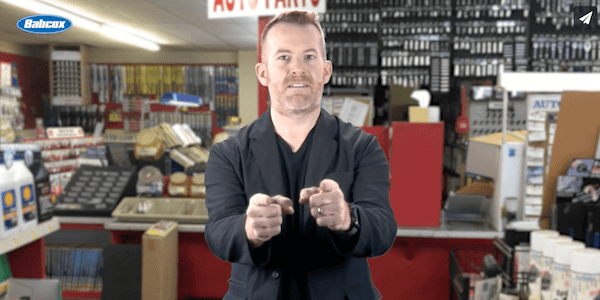Hi guys, it’s Mark Phillips. The scan tool is a “must have” tool for troubleshooting and repairing performance and emissions-related faults on any vehicle equipped with an engine computer. That includes every passenger car and light truck built since 1996 with OBD II, as well as most vehicles dating back to the early 1980s with engine computers.
Scan tools have also become necessary for diagnosing problems and servicing components throughout the vehicle. In short, a scan tool is a necessity for just about everything on late-model vehicles — even basic maintenance for resetting oil service reminder lights on some applications, and for relearning various sensor and control settings if a vehicle’s battery has gone dead or has been replaced without a power backup.
Many auto parts stores offer free “loaner” scan tools for DIY diagnosis. It’s a cheaper alternative to actually buying a scan tool for a motorist who has a Check Engine light on. But it can also result in misdiagnosed faults and unnecessary parts returns when a replaced sensor or other component fails to fix a problem. A basic entry level scan tool designed for a consumer user will display fault codes, OBD II monitor status and various system data (sensor readings, engine RPM, air and coolant temp, cooling fan status and other system parameters).
A basic DIY scan tool will typically sell for $50 to $200, with higher priced tools offering greater capabilities. By comparison, a professional grade scan tool will have far greater capabilities and coverage than any basic entry level DIY tool. The pro tools can cost $1,500 to $10,000 or more depending on the tool and what it can do.
No one scan tool can do everything. And some tools have a broader range of capabilities than others and some provide much better coverage for import applications than others. It all depends on what a DIY or professional customer needs and what they can afford.
I’m Mark Phillips. And thanks for watching.









